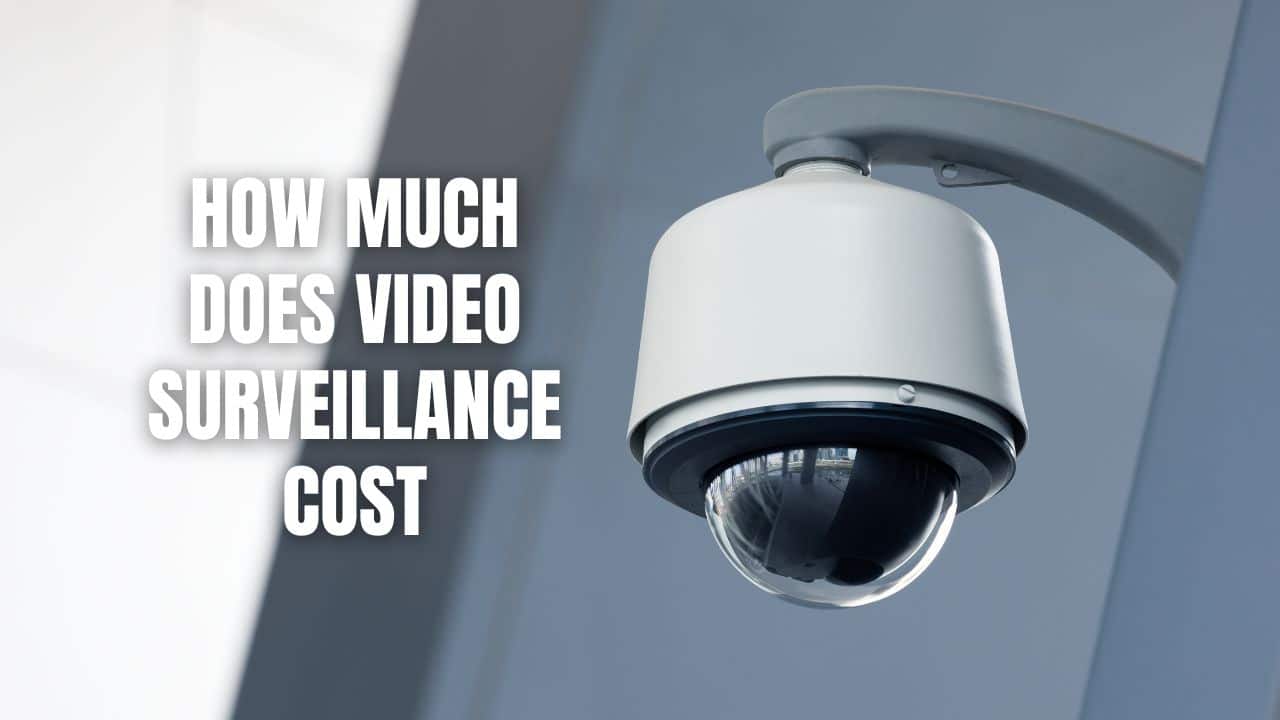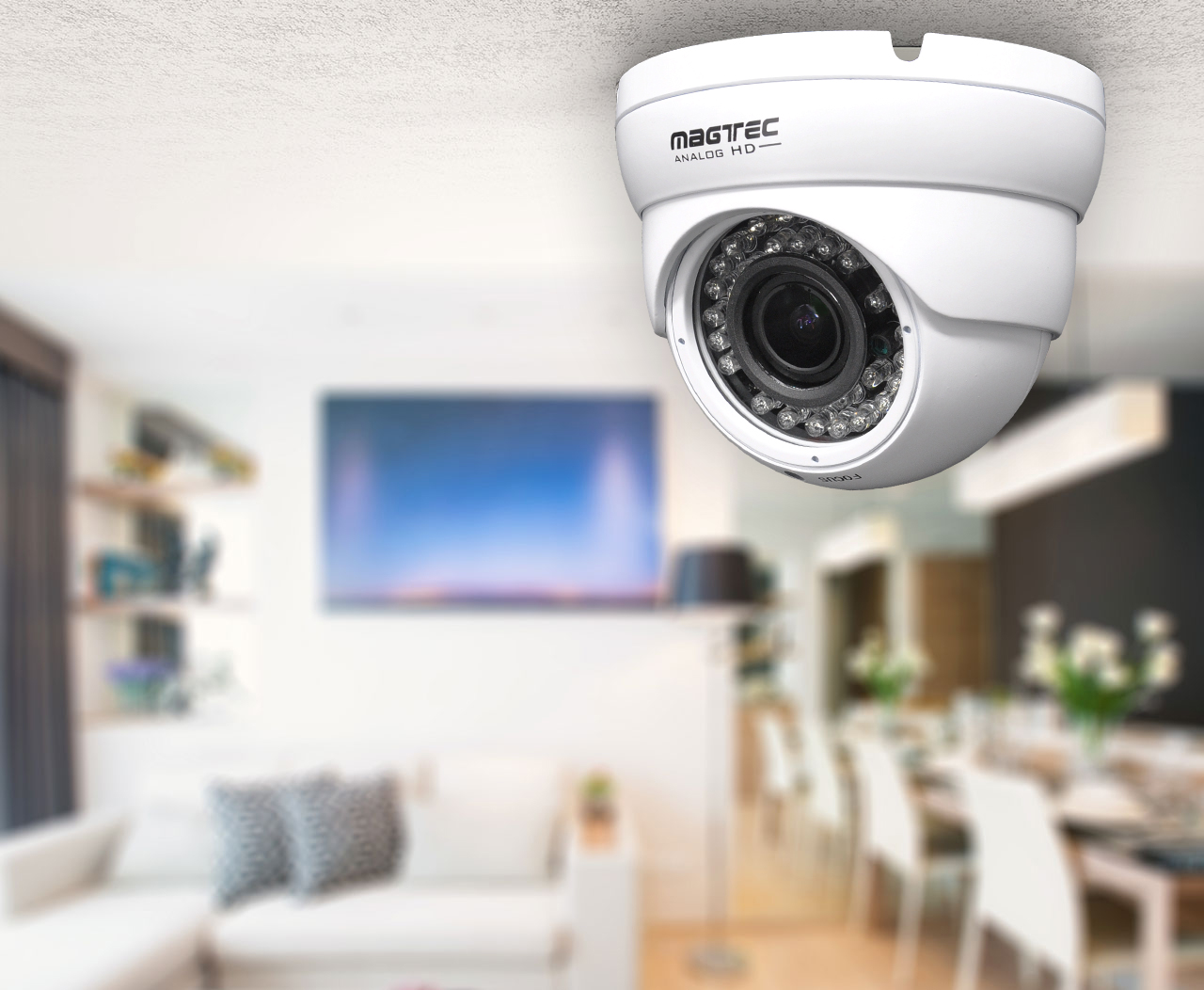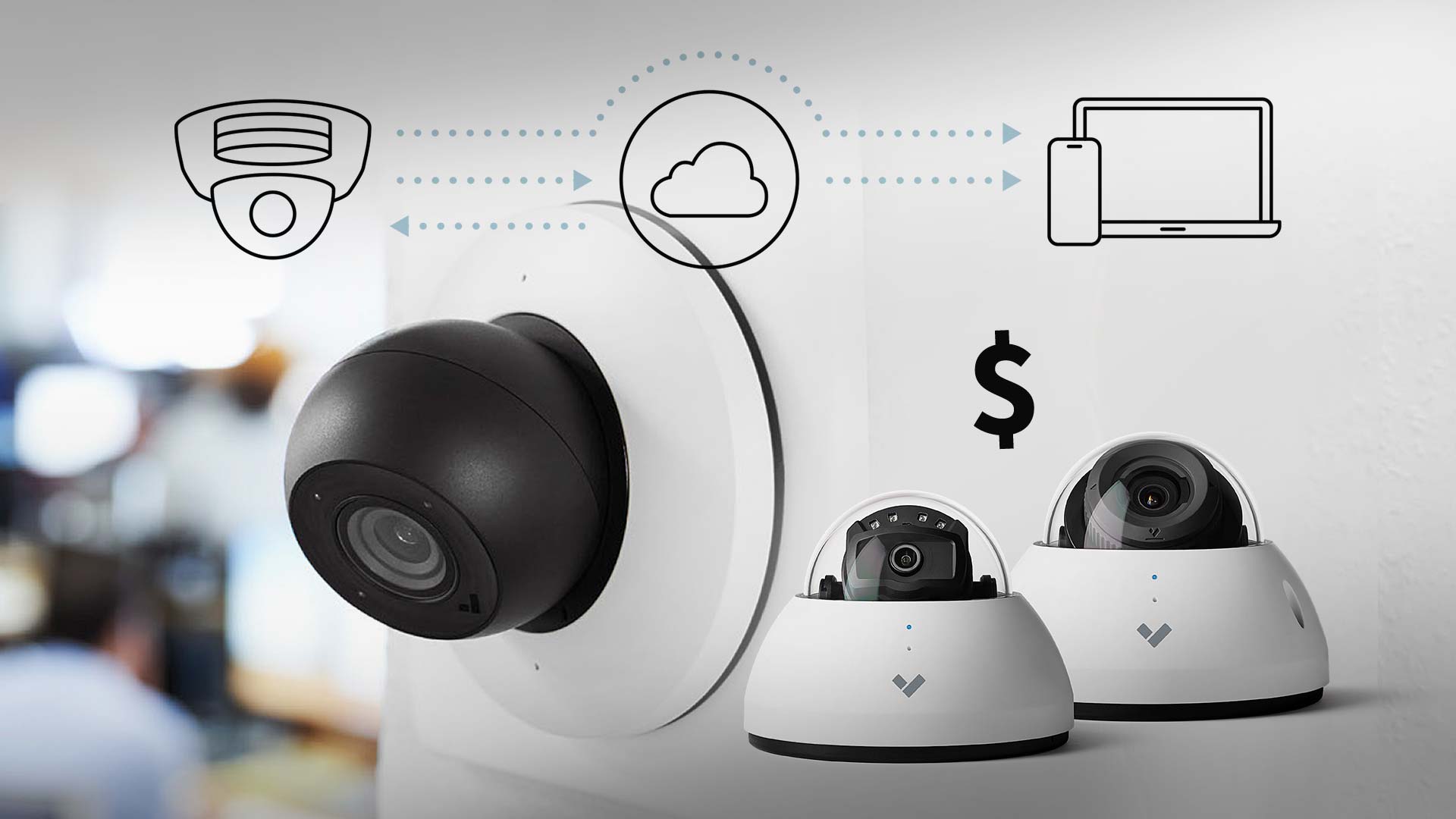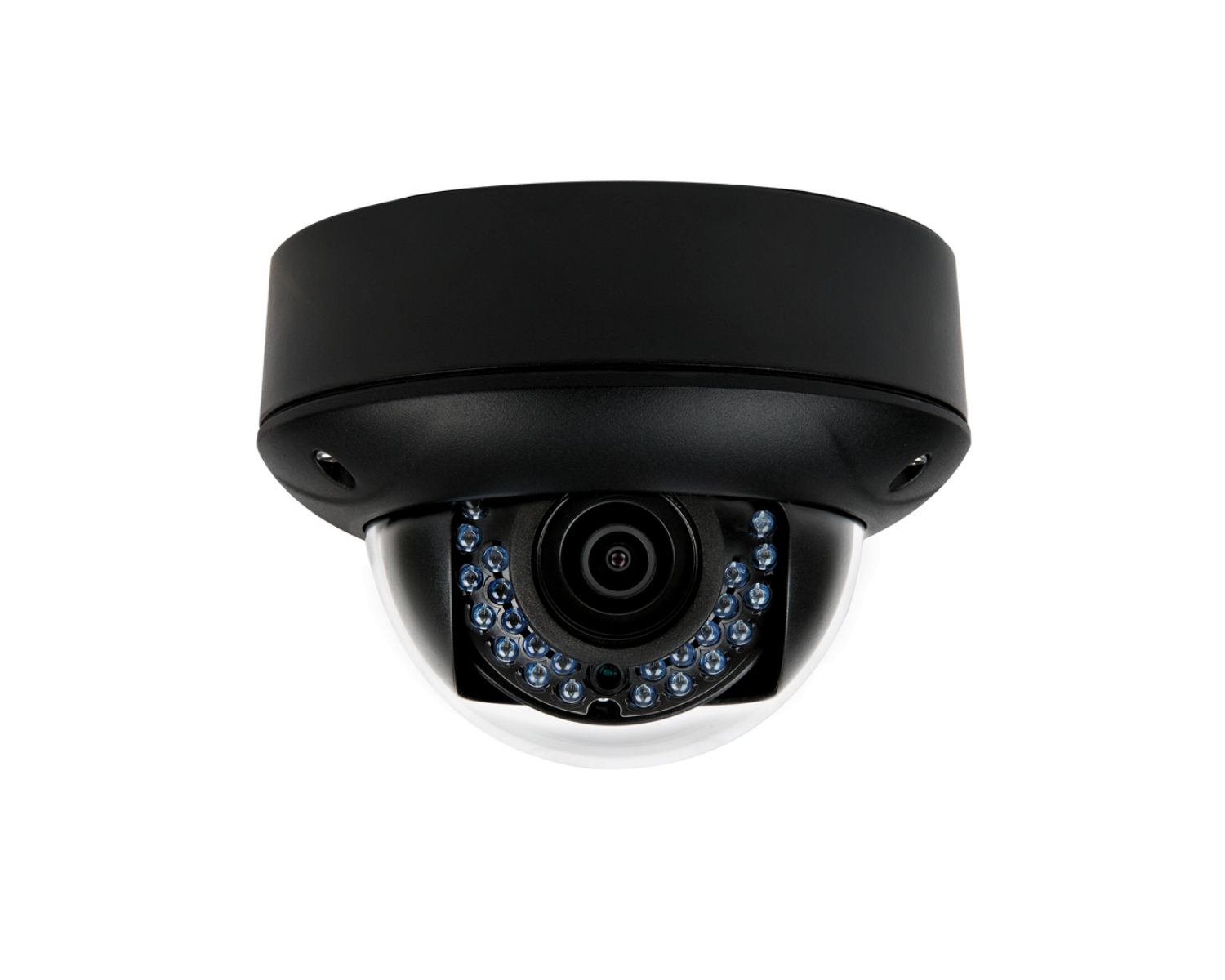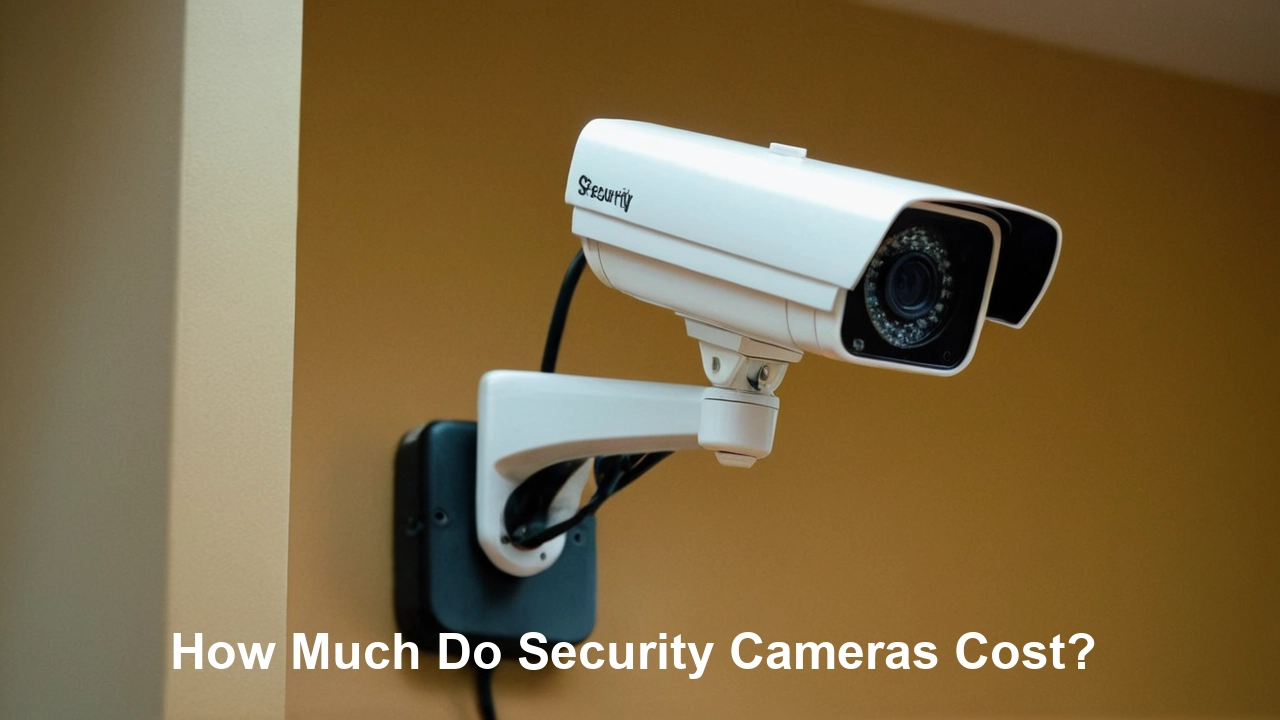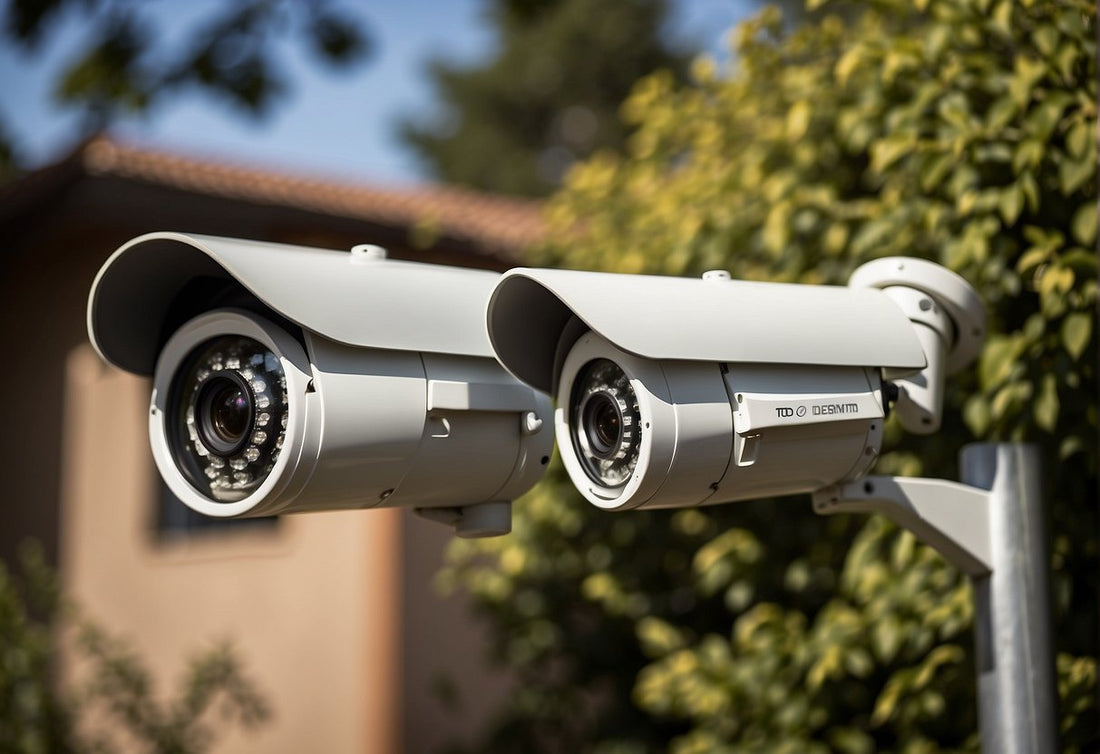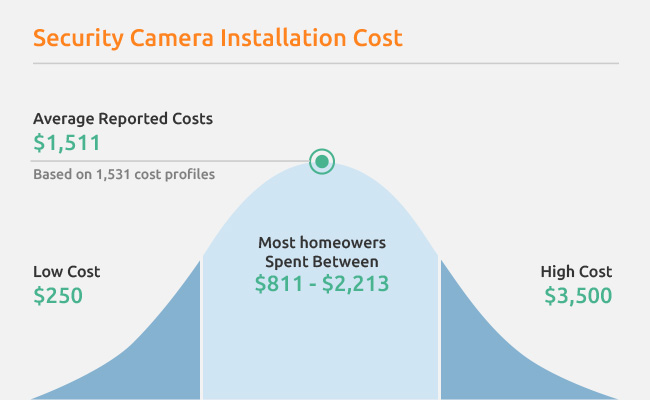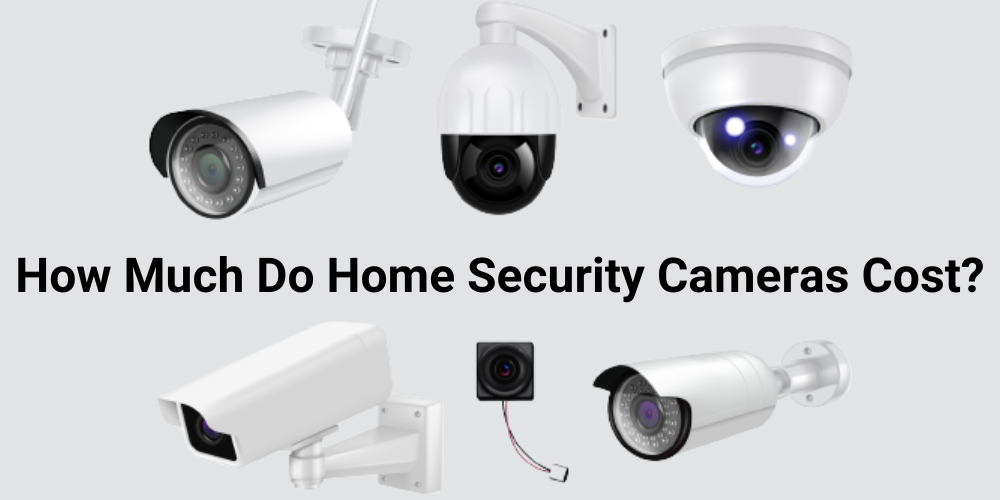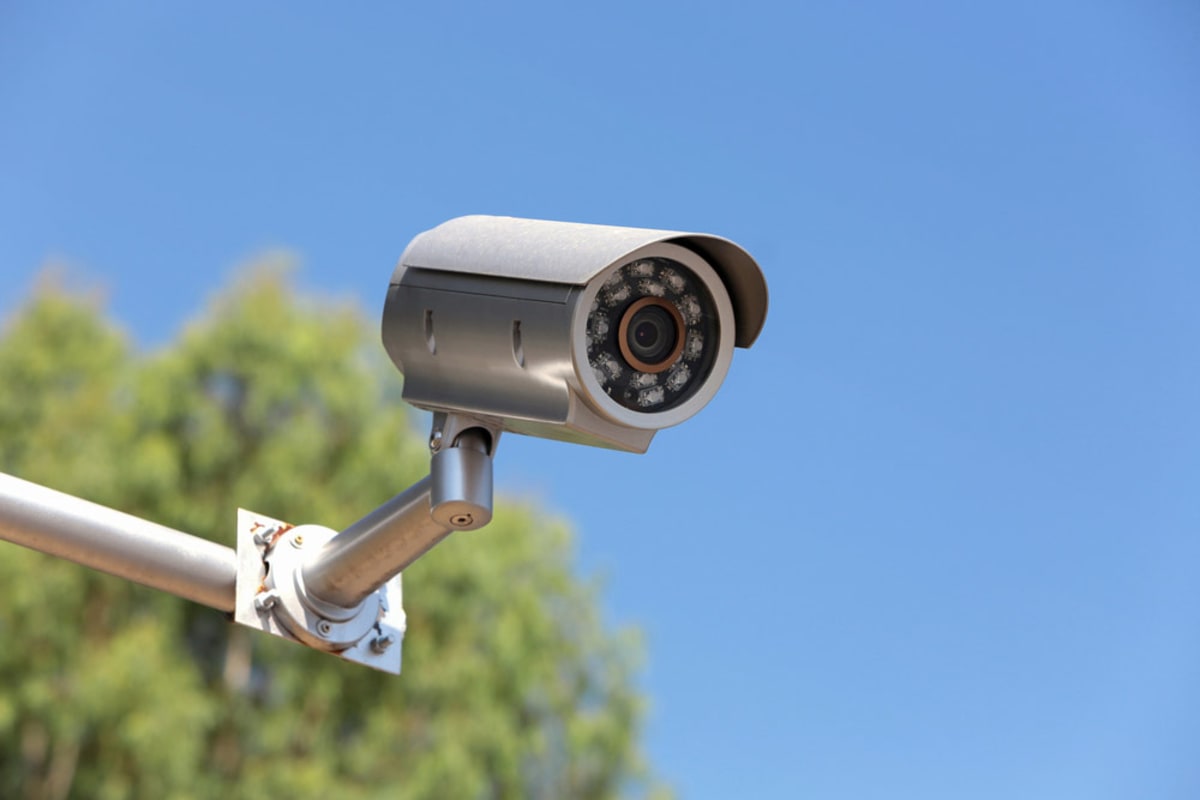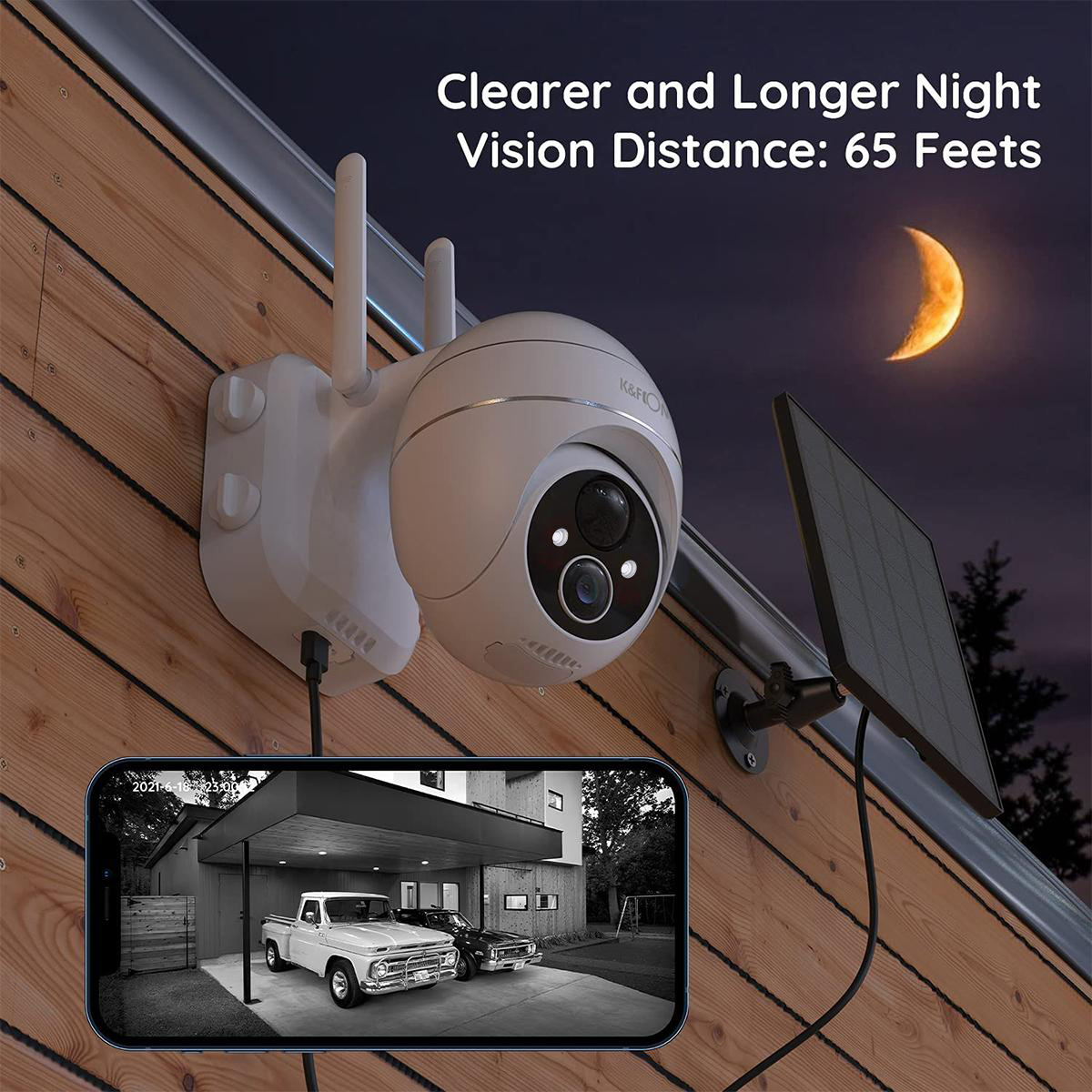How Much Do Surveillance Cameras Cost
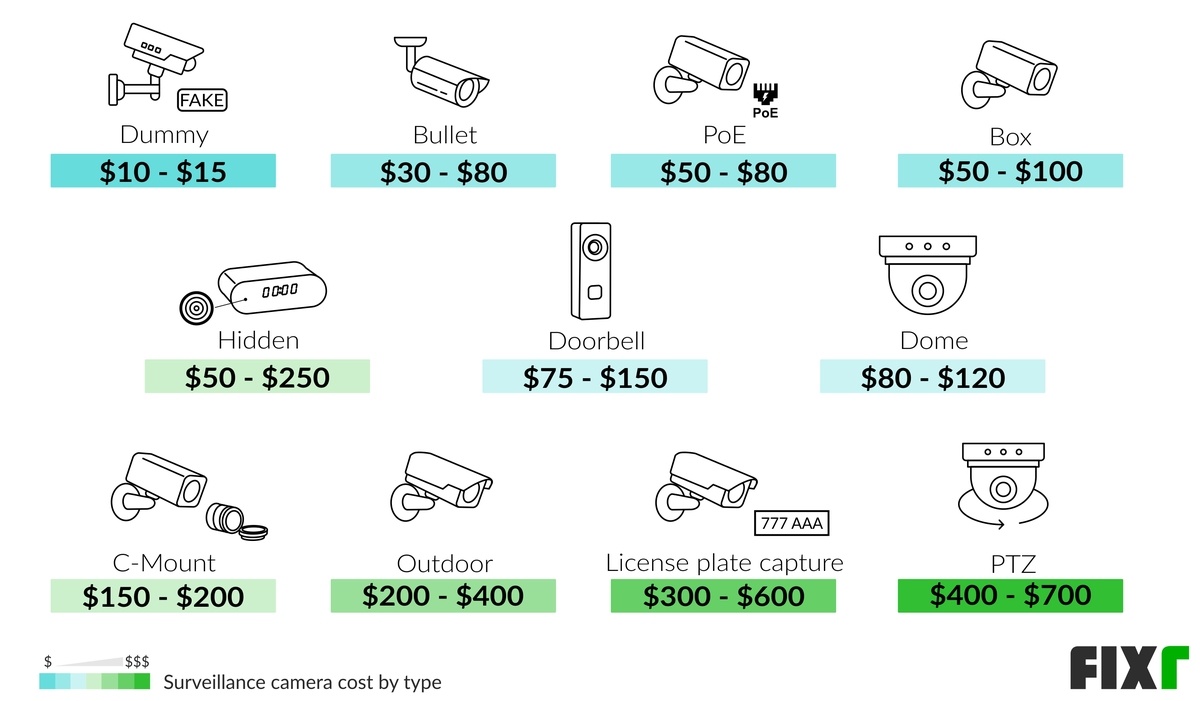
Security concerns are skyrocketing, and residents and business owners are scrambling to bolster their defenses. The key question on everyone's mind: How much will it cost to protect my property with surveillance?
This report breaks down the costs associated with installing and maintaining surveillance cameras, covering everything from basic home systems to advanced commercial setups. Understanding these figures is crucial for making informed security decisions.
Home Surveillance Systems: Entry-Level Costs
Basic indoor cameras start as low as $25 per unit. Expect to pay around $50 to $200 for a decent Wi-Fi-enabled camera with features like motion detection and night vision.
Outdoor cameras, built to withstand the elements, typically range from $50 to $300 each. Remember to factor in installation costs, which can add another $50 to $150 per camera, depending on complexity.
For a comprehensive home security system with multiple cameras and professional monitoring, budget between $200 and $1,000 upfront, plus monthly subscription fees ranging from $20 to $60.
Business Surveillance: Scaling Up Security
Commercial-grade surveillance systems are significantly more expensive. A single high-resolution IP camera can cost anywhere from $200 to $1,000.
Businesses often require multiple cameras and network video recorders (NVRs) to store footage. An NVR typically ranges from $300 to $2,000, depending on storage capacity and features.
Installation for a business system can range from $500 to several thousand dollars, considering the complexity of wiring and network setup. Don't forget the cost of professional monitoring services, which can add another $50 to $200 per month.
Hidden Costs and Considerations
Beyond the initial purchase price, consider ongoing expenses. Cloud storage subscriptions for video footage can cost between $5 and $50 per month per camera.
Maintenance is another factor. Expect to spend money on replacing damaged cameras and troubleshooting technical issues.
Some jurisdictions may require permits for surveillance camera installation. Research local regulations to avoid potential fines.
Wireless vs. Wired Systems: A Cost Comparison
Wireless cameras offer easier installation, but may be susceptible to interference. Wired systems generally provide a more reliable connection but require more extensive wiring.
While the upfront cost of wireless cameras might be lower, the potential for signal loss and security vulnerabilities could lead to additional expenses down the line.
Wired systems, though more expensive to install, often offer better reliability and security, potentially saving money in the long run.
Professional vs. DIY Installation
DIY installation can save money, but it requires technical expertise. A poorly installed system may not function correctly or provide adequate security.
Professional installation ensures proper setup and optimal camera placement. However, it adds to the overall cost.
Consider your comfort level and technical skills when deciding whether to install the system yourself or hire a professional.
The cost of surveillance cameras is a significant investment, but it's an investment in safety and security. Weigh the costs against the potential benefits to make the best decision for your needs.
Next Steps
Contact local security companies for quotes tailored to your specific needs. Research different camera models and features to find the best fit for your budget.
Stay informed about advancements in surveillance technology. Prices are constantly evolving, so ongoing research is crucial.
Regularly review your security system's performance and make necessary adjustments to ensure optimal protection.
